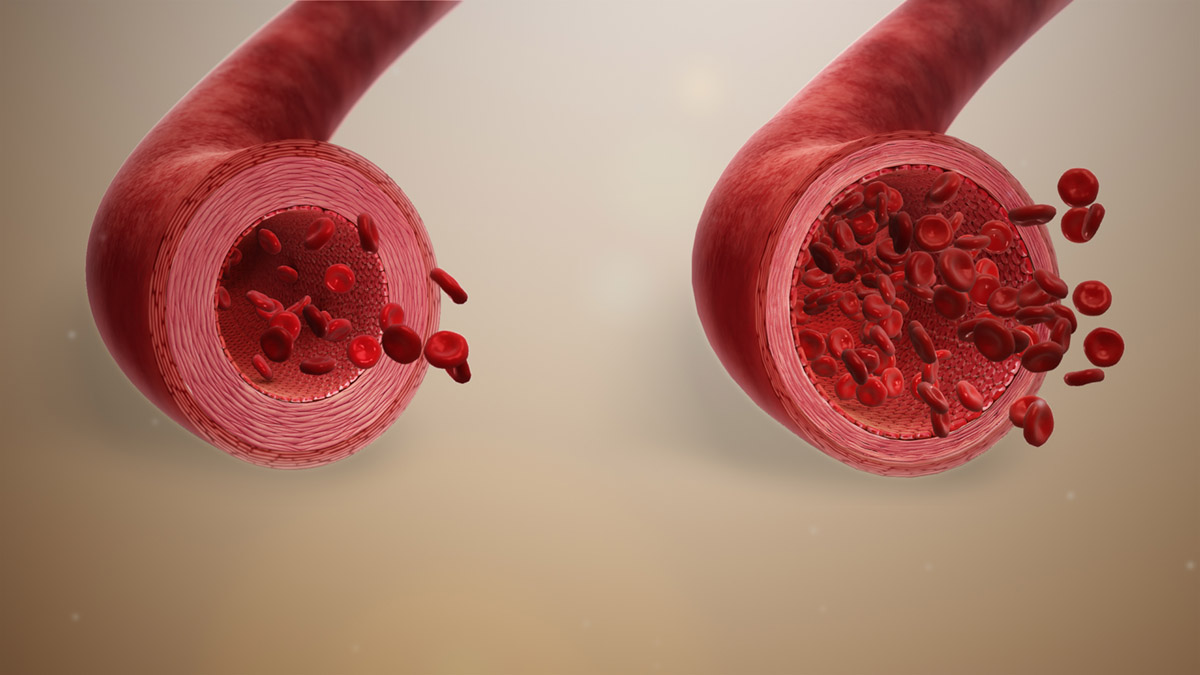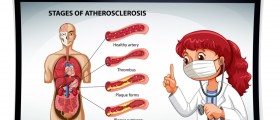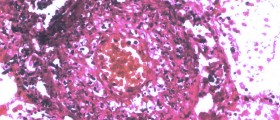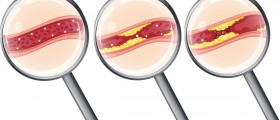
Blood vessel disease (vascular/artery disease) is a medical condition characterized by narrowing of different blood vessels (those of the extremities as well as blood vessels in the abdomen). All blood vessels are classified into arteries and veins. While arteries distribute blood rich in oxygen to all organs and organ systems in the body, veins are responsible for transfer of deoxygenated blood from each and every cell in the body. Any narrowing of arteries and veins results in inadequate function of these blood vessels. Narrowing predominantly affects arteries because they are less elastic comparing to veins and are more susceptible to atherosclerosis, the leading cause of narrowing.
What Causes Blood Vessel Disease?
As it has already been mentioned the most significant factor associated with blood vessel disease is atherosclerosis. The build-up of fatty acids in a form of plaque generally affects patients suffering from diabetes, hypercholesterolemia and hypertriglyceridemia, heavy smokers and patients suffering from hypertension. Sedentary lifestyle and unhealthy diet are two more contributors to atherosclerosis.
Types of Blood Vessel Disease
Blood vessel disease is a group which includes coronary artery disease, aneurysm, peripheral artery disease and hypertension. These are basically the main types of the condition.
Coronary artery disease affects arteries in charge with blood supply to the heart. It can eventually lead to serious deprivation of blood flow to the heart and induce a heart attack. Angina is also a frequent consequence of coronary artery disease.
Aneurysm is inherited or acquired bulging of the portion in the artery wall. It may increase in size and eventually rupture causing potentially life-threatening complications.
Peripheral artery disease affects blood vessels in the extremities. Narrowing of the affected blood vessels causes different sensations such as tingling sensation, cramping, cold intolerance and different skin changes.
And finally, hypertension is actually a systemic disorder but it always leads to serious damage to arteries throughout the body. Apart from damaging blood vessels per se, hypertension also makes blood vessels more susceptible to atherosclerosis.Clinical Characteristics of Blood Vessel Disease
There are many symptoms and signs of blood vessel disease, depending on the type of the condition as well as the affected blood vessels. For example, in case the condition affects the extremities, an individual may complain about muscle cramps, muscle ache, cold hands or feet, pale skin, skin changes such as hair loss etc. Inadequate blood supply to the heart leads to chest pain, excessive perspiration and shortness of breath. The very presence of aneurysm may be asymptomatic, but its rupture may result in a variety of symptoms and signs and even cause lethal outcome. And finally, hypertension is associated with headaches, dizziness, rigging in ears and palpitations.

















Your thoughts on this
Loading...